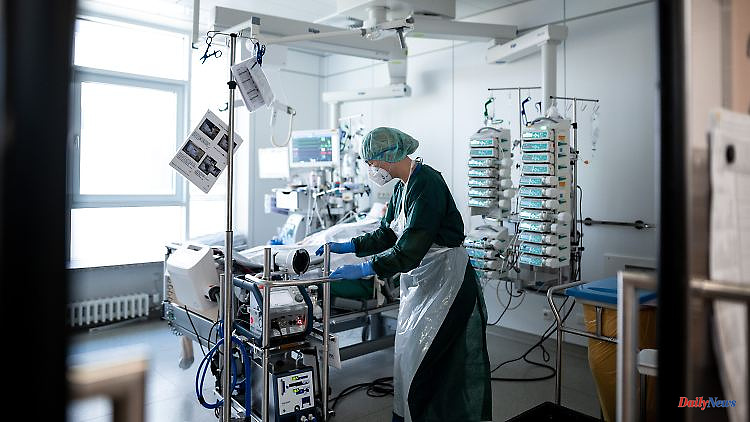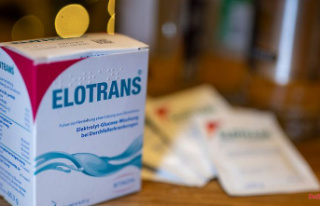At the beginning of the third pandemic winter, Germany is confronted with a new problem: the number of respiratory diseases is pushing hospitals to the limit of their capacity. Corona no longer plays the leading role. In which regions are intensive care beds becoming scarce? An overview.
The effects of the coronavirus pandemic are still causing a tense situation in the German healthcare system. At the same time, at the beginning of the cold season, hospitals feel the consequences of an early influenza wave and an unusually high number of RSV infections. Many intensive care units are already full.
Data from the German intensive care register (DIVI) provide an up-to-date overview. Where in Germany are the clinics currently particularly heavily burdened?
All regions in which the number of free intensive care beds in relation to the total number of operable intensive care beds has fallen below the critical mark of 10 percent light up in red on the map of Germany. All areas in which, according to the last report, not a single intensive care bed is free appear black.
This means: Acute emergencies such as patients with heart attacks, strokes or accidental injuries can no longer be admitted there. You must be transported to the nearest clinic with free capacity.
The overload of the clinics affects all people who urgently need intensive care treatment. In practice, moving to other regions sometimes results in long delays in treatment - and corresponding medical risks. There are also other hardships: after an operation, those affected find themselves in an unfamiliar environment far away from home. Relatives have to put up with longer journeys for visits and care. This can also affect the elderly and children.
The 10 percent threshold is generally accepted. It is based on an assessment by physicians and health experts and is based on practice. A large part of the intensive care beds is usually required for the care of patients after operations. In addition, there is a certain operational reserve that must be kept ready for unforeseeable acute cases.
"The proportion of free intensive care beds in the total number of intensive care beds that can be operated should be above 10 percent," says the Robert Koch Institute (RKI) with regard to the care of seriously ill Covid patients. This is considered to be the “limit for the responsiveness of the clinics”, which “should not be undershot”. Infectious patients generally pose major challenges for clinic planning: Infectious patients must be treated in isolation - regardless of whether they are infected with corona, influenza or RSV.












